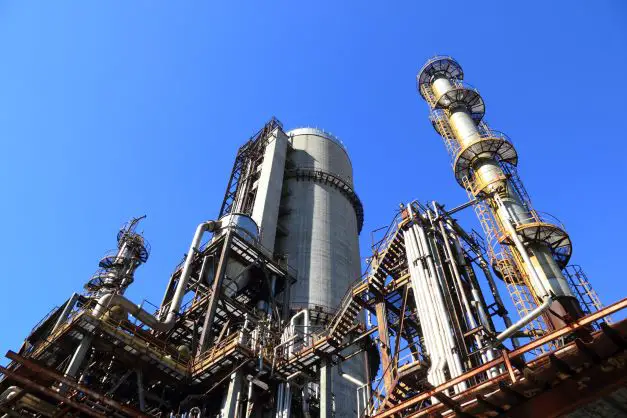Fourier Transform Infrared Spectroscopy (FTIR) is a vibrational technique that measures infrared radiation's absorbance, transmittance, and reflectance due to its interaction with the gem. According to spectroscopy services providers in the USA, FTIR has many advantages over traditional infrared spectroscopy. This is due to the use of the Michelson interferometer which can scan all frequencies simultaneously.
The operating principle and sampling setup are very simple. The gem is placed between the infrared source on the sample stage. After that, the absorbance spectrum is displayed on a monitor by the detector. Although it sounds easy and straightforward to get a result with this method, we must remember that we are testing gemstones. These gems are cut and faceted for the purpose of reflecting and interfacing with light. They are often not flat objects. The cut can have a significant impact on the beam's path. Sometimes it is difficult to align the stone so that only a small amount of radiation passes. This can cause the beam to be diverted and make it unusable. Gemological applications are not suitable for the standard transmission setup. Different sampling methods have been shown to be more efficient.
Among all the spectroscopy services in the USA, the most commonly used technique in FTIR gemology is DRIFT sampling. The beam deviations caused by the facets of the gemstone can be avoided by using a module equipped with a gold-covered platform and a custom-designed ellipsoid reflector. Before reaching the detector, the beam passes twice through the gem. This diffuses the beam and increases the signal intensity.
The advantages of the FTIR spectroscopy test
-
Increase In Sensitivity
Multiple spectra can easily be collected and added in a given time, such as 1 minute. Averaging noise, which is random in nature, gets decreased significantly while signal increases. This results in a higher signal-to-noise ratio and an increased sensitivity.
-
Reliability
FTIR is undoubtedly one of the most reliable technologies because of its sensitivity to detect extremely low levels of gases. FTIR gas analyzers are able to measure low levels of gases up to vol percentage. This system is reliable and has a proven track record in the spectroscopy services industry in the USA. All certified compounds are covered by a six-month maintenance period.
-
Low Maintenance
The system is composed of one moving component, which is the moving mirror. Dispersive systems, on the other hand, have many moving parts. Because of this, the FTIR is more reliable and requires less maintenance. Positive compound identification – The spectra can then be overlaid using software with customized libraries or in-house libraries, which aids in the confirmation of compound identity
-
Constant Resolution
The resolution has uniformity at all wavelengths, as there are no variable split programs. This was a common feature in the FTIR spectroscopy test, making it stand out from the rest of the methods.
-
Reproducibility
In other words, the reproducibility of SERS signals refers specifically to the fact that read-out signals from multiple tests can be comparable under similar conditions. SERS has been criticized because of its low reproducibility in practical applications. This is due to the heterogeneity and EM enhancement. Additionally, SERS has been criticized for its poor reproducibility in practical applications, mainly due to the high heterogeneity of the EM enhancement. It is important to understand the causes of these factors and to find ways to reduce them.






